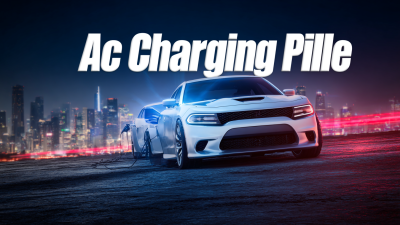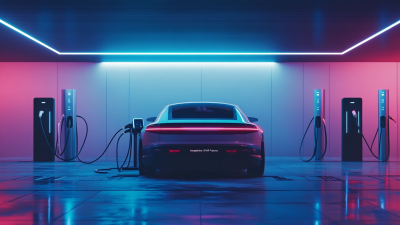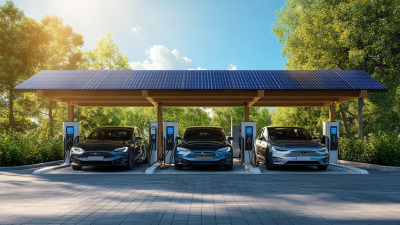As electric vehicles (EVs) continue to gain traction in the automotive market, the need for efficient and reliable charging solutions becomes increasingly critical for businesses. According to a report by the International Energy Agency, global EV sales reached a record 3 million units in 2020, marking a 43% increase from the previous year. This surge underscores the importance of establishing a robust EV infrastructure, including the installation of EV Wallbox units. These compact charging stations are essential for providing convenient and fast charging options for both employees and customers. Proper installation of these devices not only enhances accessibility but also contributes to a business's sustainability goals. As we delve into the essential checklist for EV Wallbox installation, it's crucial to understand the nuanced requirements and best practices that can help businesses maximize their investment in EV charging technology.
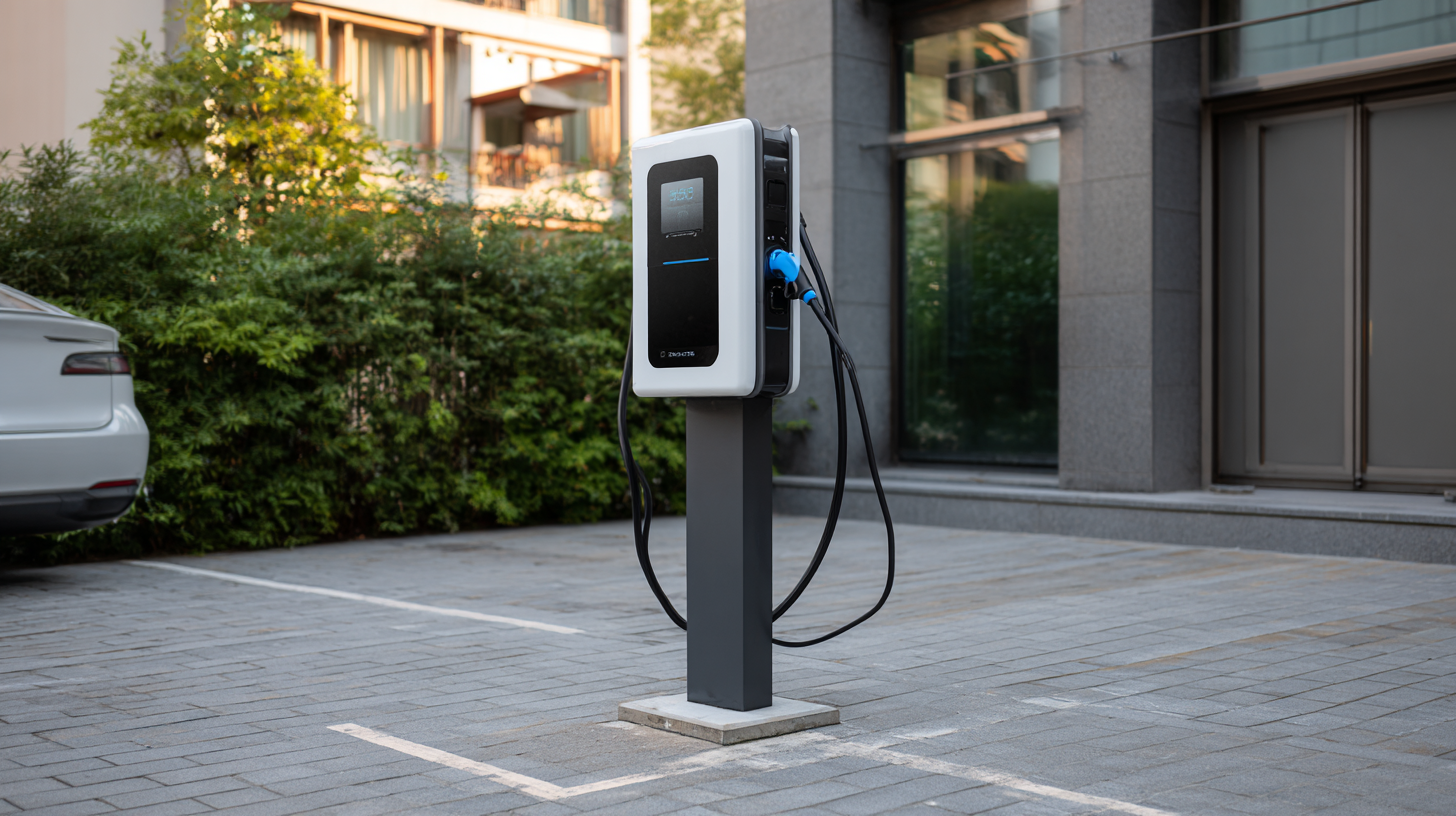
When selecting the right EV wallbox for your business, several key considerations can significantly impact your investment and operational efficiency. According to a 2022 report by BloombergNEF, the global EV charging market is projected to grow by over 20% annually, underscoring the importance of choosing a reliable and future-proof solution. Businesses must evaluate their charging needs based on factors like anticipated EV adoption rates, employee usage patterns, and available electrical infrastructure. By conducting a thorough analysis, companies can select a wallbox that aligns with their growth trajectory and user demand.
Another essential consideration is the compatibility and charging speed of the wallbox. Research by the International Energy Agency highlights that fast charging technology can significantly reduce downtime, making it crucial for businesses that rely on fleet operations or have high employee turnover. Businesses should prioritize wallboxes that offer scalable solutions, ensuring they can accommodate a growing number of EVs without substantial re-investment in infrastructure. Integrating features such as smart charging capabilities can also optimize energy consumption, further enhancing operational cost-effectiveness.
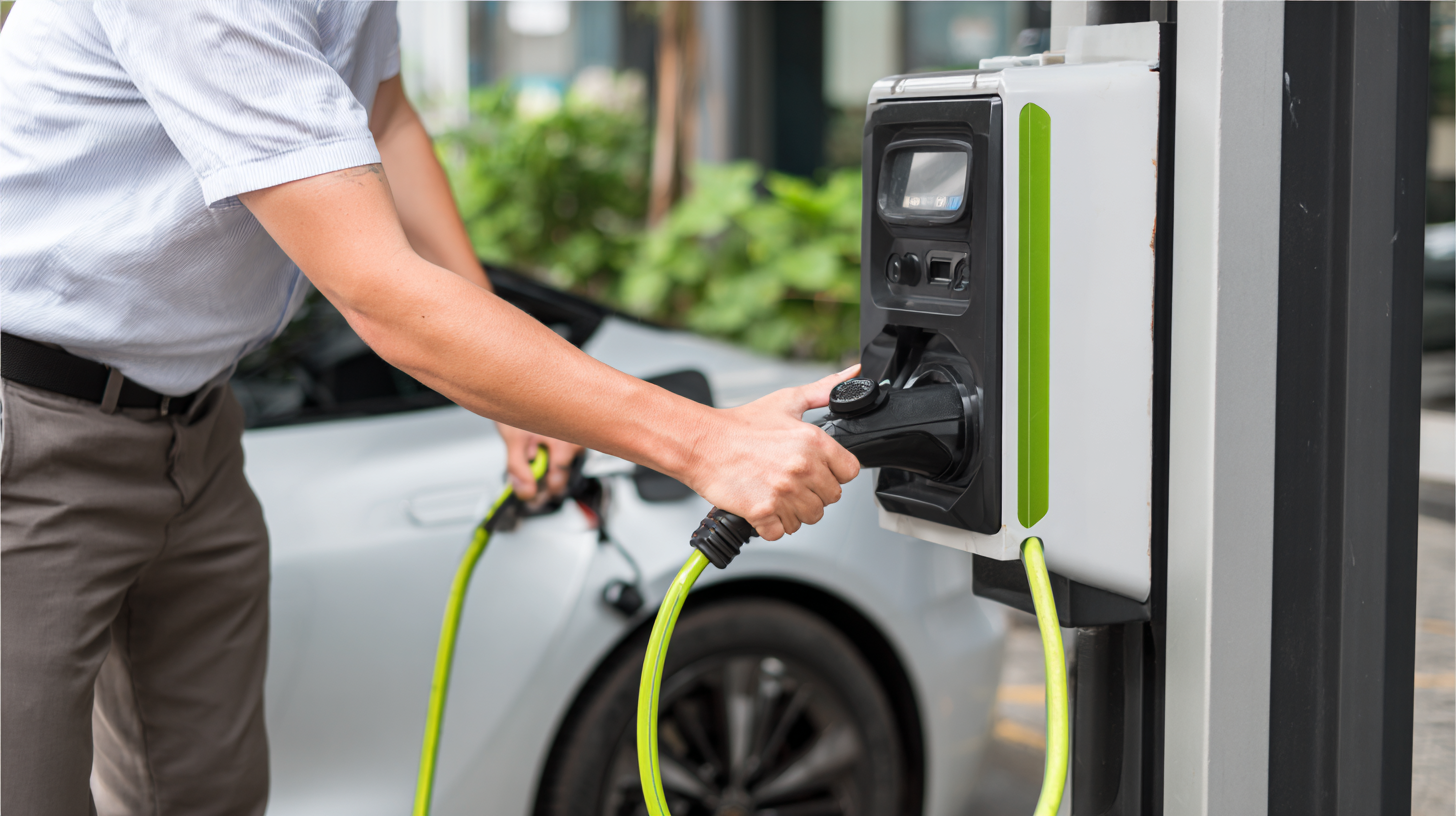
Installing Electric Vehicle (EV) charging stations requires a thorough understanding of the essential electrical requirements. First and foremost, it is crucial to assess the existing electrical capacity of your facility. This involves ensuring that the electrical panel can handle the additional load brought by the EV chargers. Depending on the number and type of chargers being installed, you may need to upgrade your electrical system to accommodate higher amperages.
Next, one must consider the wiring and circuit requirements. The installation should comply with local codes and regulations, which often specify appropriate wire gauges based on the distance from the electrical panel to the chargers and the total power requirements. Using the correct materials not only ensures safety but also enhances efficiency in charging. Additionally, implementing dedicated circuits for each charging station can prevent overloads and ensure reliable service for users.
Finally, grounding and surge protection are indispensable components of a successful installation. Proper grounding prevents electrical shocks and enhances the safety of the system, while surge protectors shield your investment from voltage spikes. By adhering to these essential electrical requirements, businesses can create a safe and efficient EV charging environment that meets the needs of their customers.
| Dimension | Requirement | Notes |
|---|---|---|
| Location | Accessibility for Vehicles | Ensure clear access to charging stations for all vehicles. |
| Power Supply | Sufficient Voltage and Amperage | Confirm the existing electrical system meets the requirements of the EV charger. |
| Permits | Obtain Necessary Electrical Permits | Check local regulations for required permits before installation. |
| Grounding | Proper Grounding System | Ensure the charging station is properly grounded to prevent electrical hazards. |
| Safety Measures | Install Circuit Breakers | Ensure all installations include appropriate circuit breakers for safety. |
| Signage | Clear Charging Station Signage | Mark charging stations clearly to assist users. |
| Maintenance | Regular Inspection Schedule | Plan regular inspections and maintenance for optimal functionality. |
When considering the installation of EV wallboxes for your business, understanding local regulations and incentives is crucial. Different regions may have specific requirements regarding permits, electrical safety standards, and environmental considerations. Before proceeding with installation, it is essential to research your local government's guidelines to ensure compliance and avoid potential fines. Consulting with local authorities or a qualified electrician can provide clarity on the necessary steps and documentation required for a smooth installation process.
In addition to regulations, many areas offer incentives for businesses that invest in EV infrastructure. These may include tax credits, rebates, or grants that can significantly reduce installation costs. It's advisable to check with state and federal programs, as well as utility companies, which often have special rates or funding for EV charging stations. Taking advantage of these incentives not only enhances your financial strategy but also positions your business as a forward-thinking leader in sustainability, attracting eco-conscious customers and contributing positively to your community’s green initiatives.
When considering the installation of EV wallboxes for businesses, site assessment and space optimization are crucial elements that significantly influence efficiency and user experience. According to a report by the International Energy Agency, the global electric vehicle stock reached over 10 million in 2020, highlighting the growing demand for charging infrastructure. A comprehensive site assessment ensures that businesses identify optimal locations for chargers to maximize accessibility and usage, taking into account factors such as vehicle flow, parking space, and proximity to power sources.
Moreover, space optimization is critical in accommodating both current needs and future growth. A study by McKinsey & Company suggests that strategically placed chargers can boost utilization rates by up to 30%. Businesses should consider the installation of multiple charging stations in tandem with effective signage and clear pathways to encourage usage. Additionally, analyzing peak usage times can help tailor the number of charging stations needed, ensuring that investment aligns with demand and provides a hassle-free experience for users. By carefully assessing site conditions and optimizing space, businesses can create an efficient and inviting charging environment that meets the needs of their growing EV clientele.
The installation of electric vehicle (EV) wallboxes is rapidly becoming a key component in the transition to sustainable transportation. However, maintaining compliance and safety standards is crucial throughout the installation process. According to a recent report from the International Energy Agency (IEA), the global number of electric vehicles is set to reach 125 million by 2030, which underscores the urgency for businesses to implement robust charging solutions. Adhering to industry standards, such as those outlined by the National Fire Protection Association (NFPA) and the Underwriters Laboratories (UL), ensures that installations meet safety requirements to prevent hazards such as electrical fires and improper grounding.

Moreover, compliance with the Americans with Disabilities Act (ADA) during the installation of EV wallboxes not only enhances accessibility but also mitigates potential legal risks. The Department of Energy (DOE) reports that nearly 20% of EV owners identify lack of charging infrastructure as a significant barrier to adoption. By prioritizing safety and compliance, businesses not only safeguard their employees and customers but also contribute to a more extensive and effective EV ecosystem. This proactive approach is essential in fostering trust in new technologies while also tapping into the growing market for electric mobility solutions.


